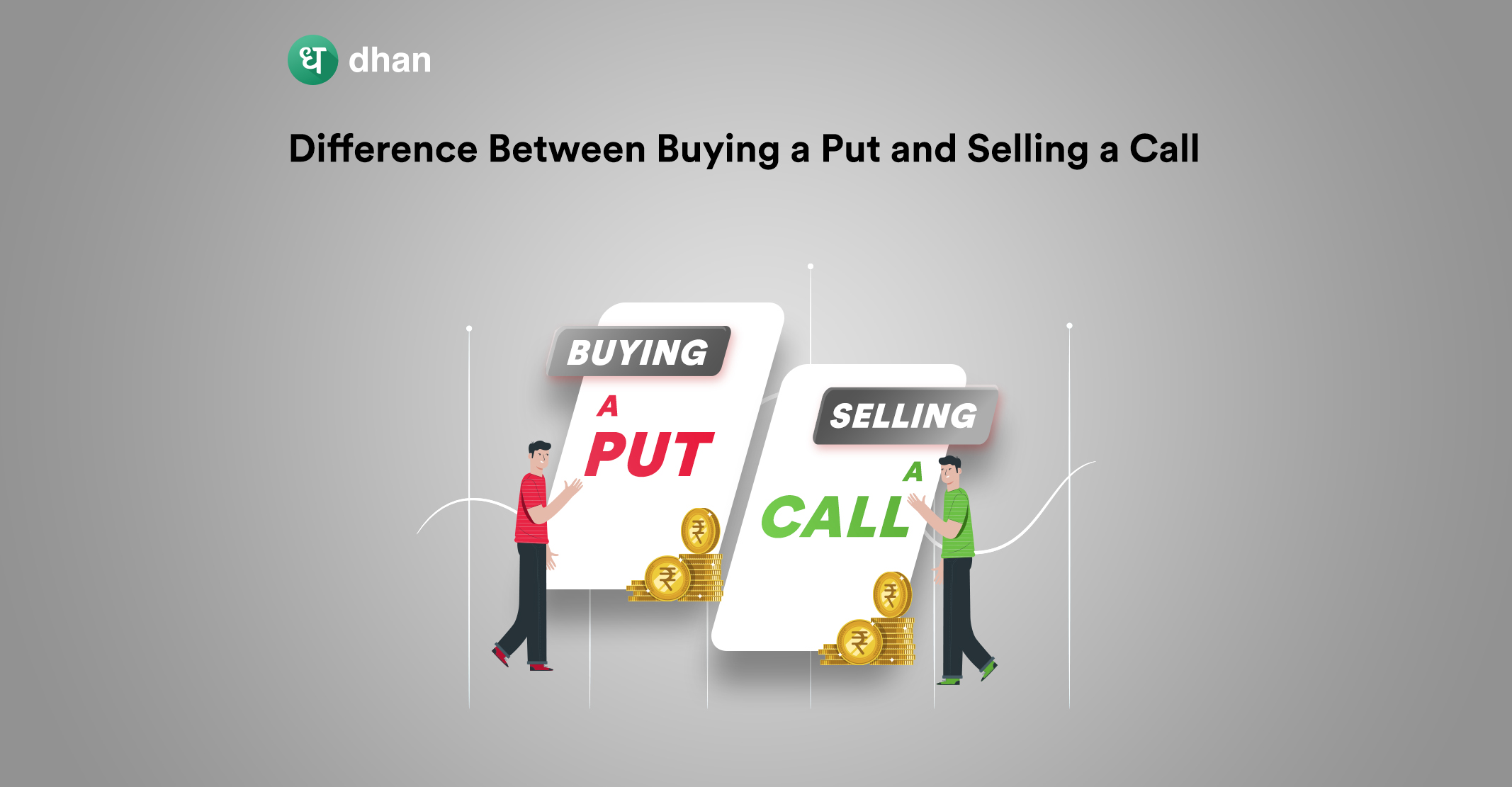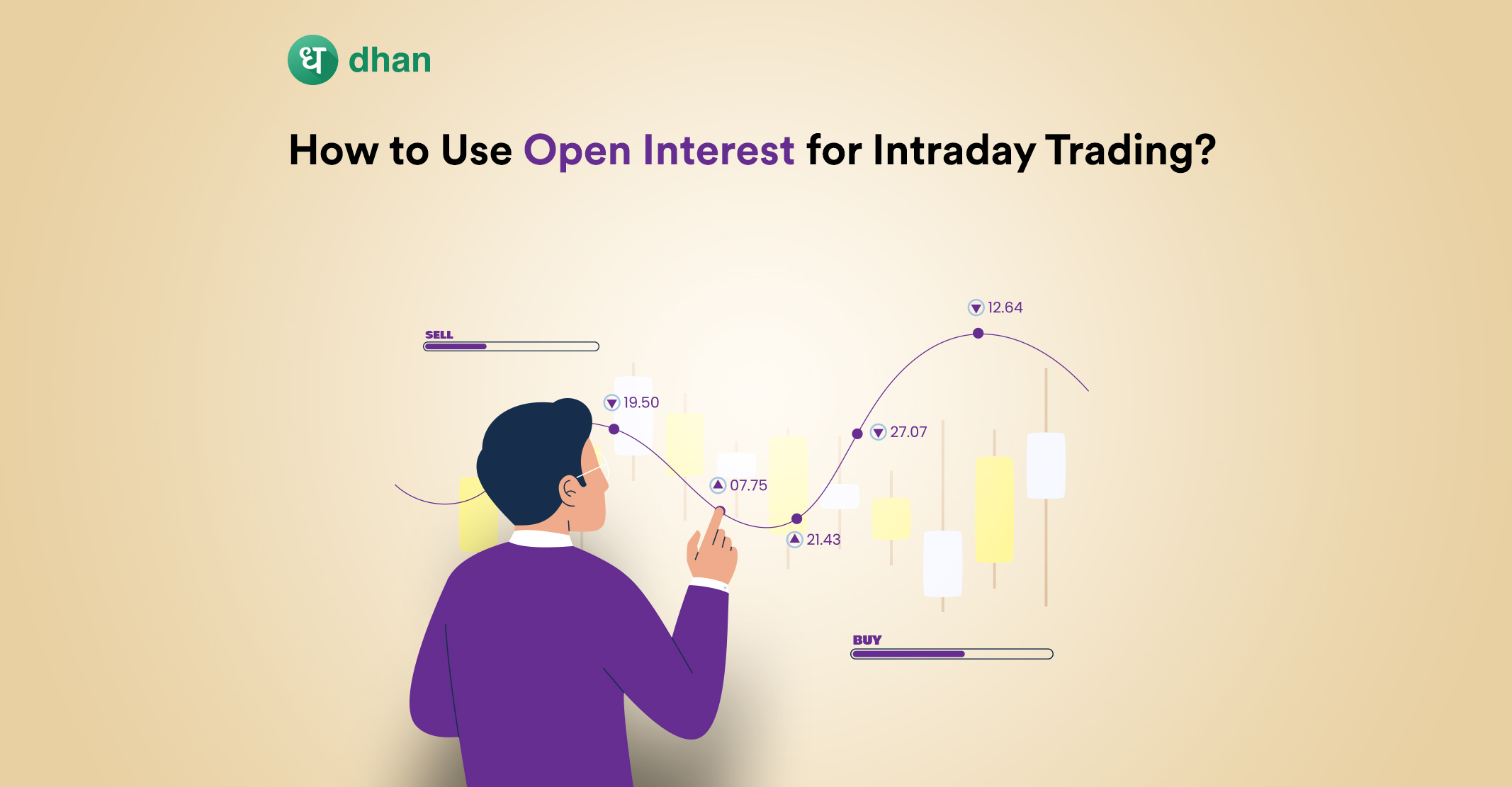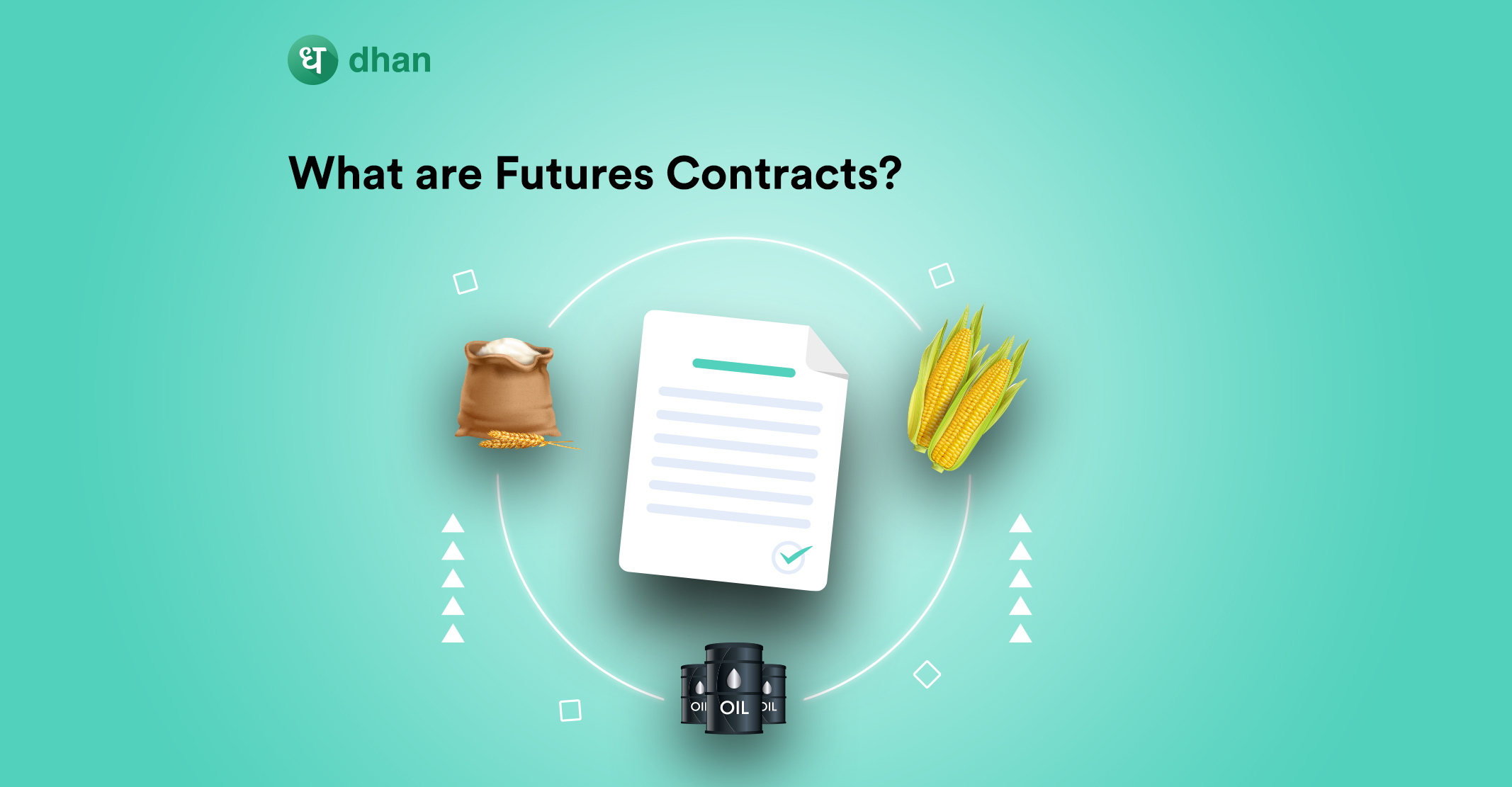In the modern world where everyone is trying various methods to make the most out of the minimum, online stock trading and options trading are the most talked-about topics. People are very curious about the ways and strategies they apply to get an idea of the market.
In the online trading language, investors read and learn about all types of bullish options to make the maximum profit. Investors are usually confused about buying a put and selling a call, both of the options work on the assumption that the market will only inflate and the stock prices will only increase till it expires. Though the principle on which these options are based are the same there is a significant difference between both of the methods. It is important to learn about both of these methods to understand the market better.
Before delving into these methods, it’s important to grasp the various call alternatives. A call option is a contract between a bidder and a supplier to purchase a certain share at a specific price until a certain date. A call bidder has the opportunity to conduct the call and buy the stocks. If the bidder reassigns the stock, the seller of the call must transfer it.
In this article let’s discuss difference between Buying a Put vs Selling a Call…
🤔 What does Buying a Put mean?
In this strategy, investors anticipate an instant and aggressive rise in the stock price. This large and rapid increase in stock prices is designed to compensate for the time expiration’s quickness and desirability. There are few features of buying a put that differentiates it from Selling a call:
- The sky’s the limit to the theoretical profit probability of this option but the loss is analyzed and determined.
- An investment’s maximum loss is equal to the price paid to purchase the Call Option.
- Purchasing a call gives the consumer the right to purchase the underlying security at the agreed-upon market price at the expiration date.
- While purchasing a call, the consumer has to pay the premium forward to the seller.
- As the loss is pre-set, the call purchaser does not need to submit reserve funds with the stock market to effectively carry the deal.
- The buyer enjoys no benefits from the passage of time.
- Investors profit from borrowing and expect to profit from a spike in the prices of the investment.
🤔 What does Selling a Call mean?
In this strategy, investors do not contemplate the possibility of a spike in the rate of stocks before the expiration date. They honestly expect the underlying price to stay range-bound until it expires, around the spot price. An investor might earn, whether the price decreases little, appreciates slightly, or remains the same. Choosing the correct strike price, on the other hand, is critical for this technique. The features of selling a call are:
- The seller does not acquire such a privilege while selling the put because the buyer is the exclusive owner of the right. Rather, if the buyer exercises his/her right before the expiration date, the seller must acquire the underlying share.
- While selling the share, the seller has to collect the premium for the put.
- Amongst the adverse fluctuation in prices, the seller must deposit the reserve money in case he wants to sell the share.
- Seller benefits from the passage of time till the expiry of the shares in online trading.
You can also read:
- What is Option Chain – How to Use Option Chain for Trading?
- What is Open Interest – How to Trade with Open Interest?
- What Is Algo-Trading And How Useful Is It for Day Traders?
- What is Options Trading – Meaning, Types & Strategies
- Stocks vs Derivatives – Understand the Basic Difference
Happy Trading 📈
Get ready for a powerful trading experience designed specially for F&O Traders ⚡
Disclaimer: This blog is not to be construed as investment advice. Trading and investing in the securities market carries risk. Please do your own due diligence or consult a trained financial professional before investing.




Comments are closed.